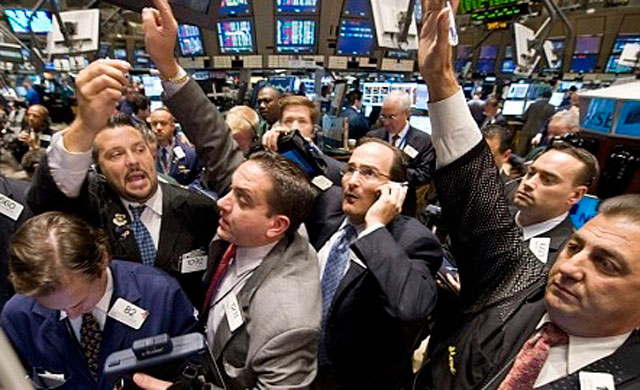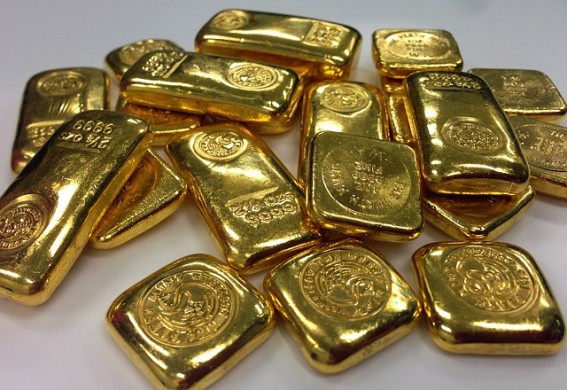“The wisest rule in investment is: When others are selling, buy. When others are buying, sell. Usually, of course, we do the opposite. When everyone else is buying, we assume they know something we don’t, so we buy. Then people start selling, panic sets in, and we sell too.” ~ Jonathan Sacks

“Panic is … going over to the enemy of our imagination.” ~ Christian Nestell Bovee
Fear is a terrible place to live. Regardless of what they may tell you, one of the things people fear most is not natural disasters, but man-made ones – especially ones that can decimate those things they hold most dear. When people hold their money most dear, and when it appears that whatever they have managed to accumulate is in danger, be it a little or a lot, they tend to panic.
The wealthiest tend to forget that life is not a game in which the winner is the one who dies with the most money. No one has ever won that game, because everyone, rich or poor, dies without their money. That make the one who dies with the most the biggest loser.
The Markets Are in Panic Mode
That’s what the media is saying (it’s not limited to the one link) and the headlines and the leading global indexes seem to substantiate those observations. Check out these snippets from headlines and financial articles today:
- Three-in-Five S&P 500 Stocks Are Down at Least 10% – WSJ
- World stocks tumble towards worst week of the year – Reuters
- Global markets are in panic mode – The Guardian
- U.S. equity markets continued to come under intense selling pressure Friday as traders across the globe worried – Fox
- China fears spark biggest sell-off for Dow, S&P 500 in 18 months – AP
The Major Indices Are Down Today
- The FTSE lost 2.83% to close at 6,187.65, its lowest in 2015.
- The Dow has lost 2.47% to 16,571.65 its lowest in 2015.
- The Nikkei lost 2.98% to close at 19,435.83, its lowest since April.
- The Hang Seng lost 1.53% to close at 22,409.62, a 52-week low.
- The NASDAQ and the S&P will likely continue their steepest declines since 2011.
The Big Players Are Making Their Moves
These seismic changes don’t happen unless the big players are rearranging their portfolios to mitigate and minimize their losses. But that doesn’t mean that everyone else has to follow suit. The first big player to make a move was China when it decided to devalue its currency. This was an indication that the Chinese expectations of reviving their once-booming economy have been greatly reduced.
China’s economic has slowed, and with it, its demand for commodities and other goods and services. In addition, it has found global manufacturers have made adjustments to compensate for China’s inexpensive exports. So China, the second-largest global economy, is caught between a rock and a hard place. Demand has diminished for Chinese goods both in country and out. It had to do something to stop the bleeding.
It’s declining demand has adversely affected the expectations of global marketers business plans, leading many to reassess their capex spending and expansion or retention of facilities and staff. Subsequent financial reports have dimmed the fervor of investors, who are now driven by fear of the unknown.
Bigger Doesn’t Mean Righter
The point is that panic can breed panic. But only if we let it. DON’T LET IT.
This is not a crash. It is a correction. It’s time to take a long-term view and ride out the passing storm. It’s an opportunity to exercise patience. If for no other reason, consider this from the preceding link:
“Strategists and traders, noting the lack of major U.S. economic news Thursday, said the drop in stocks was likely tied to programmed selling, which occurred after the S&P 500 moved below one of its most closely watched indicators, a 200-day moving average.
While many investors buy and sell stocks based on a company’s business outlook, there is a different class of trader who relies on such technical indicators to make investment decisions.“
In the meantime, it is news, so the media will play it for all it’s worth. Let them speculate all they wish, but keep your long-term investment strategy in place until the dust settles.


 Hot Features
Hot Features













